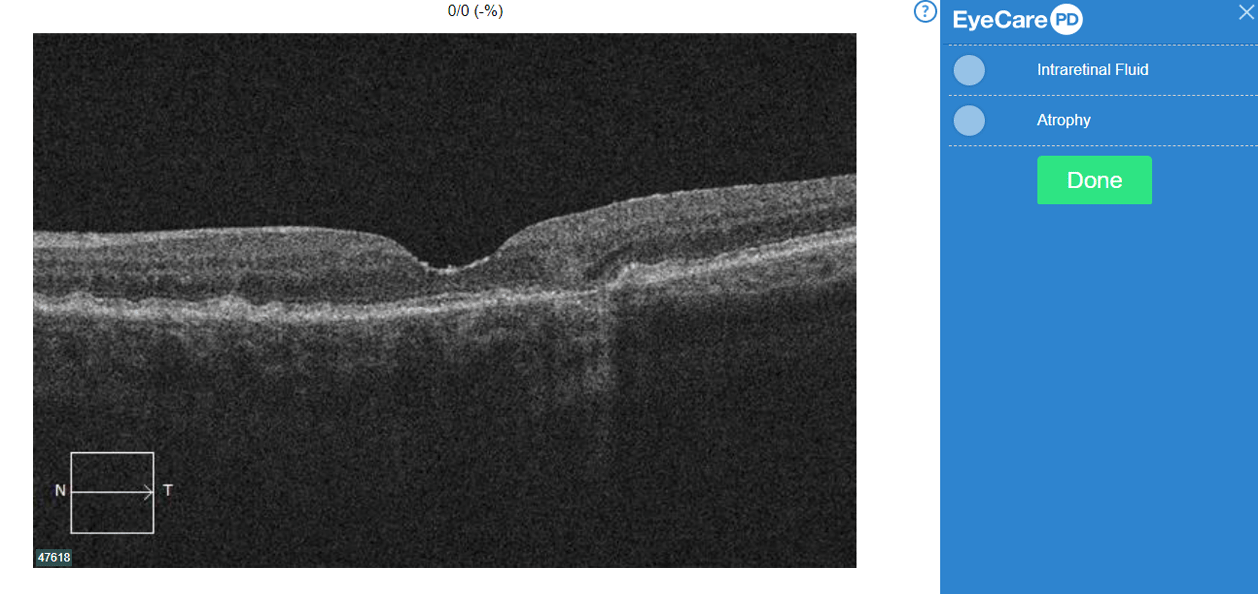
Try the OCT Challenge.
A Clear Vision for Professional Development

Try the OCT Challenge.
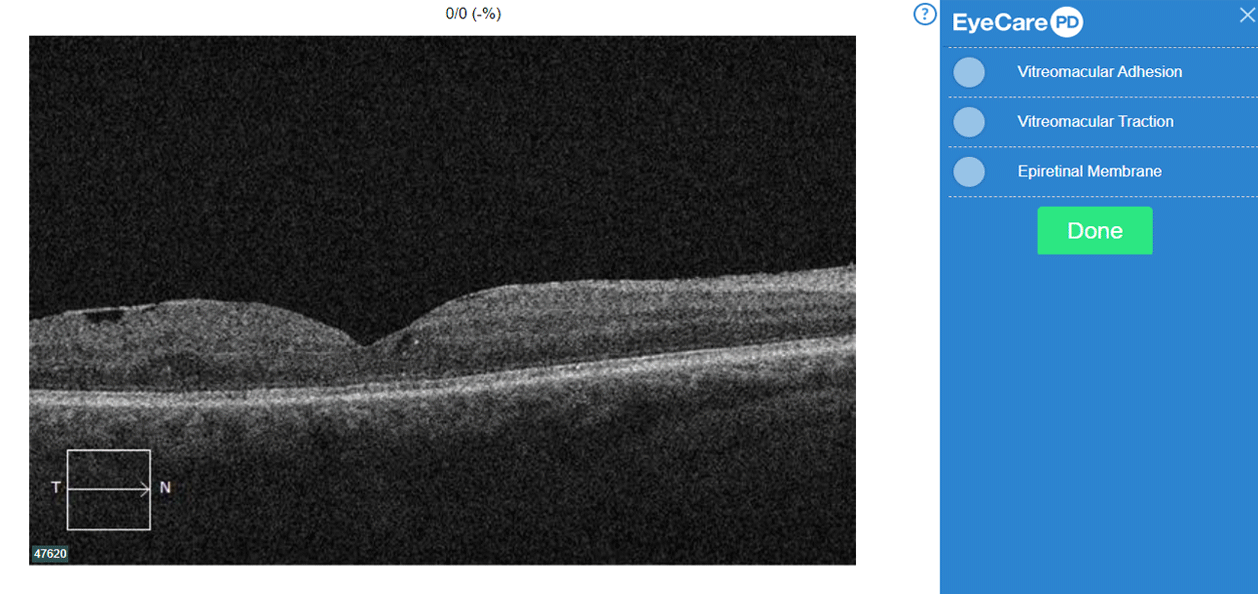
Try the OCT Challenge.
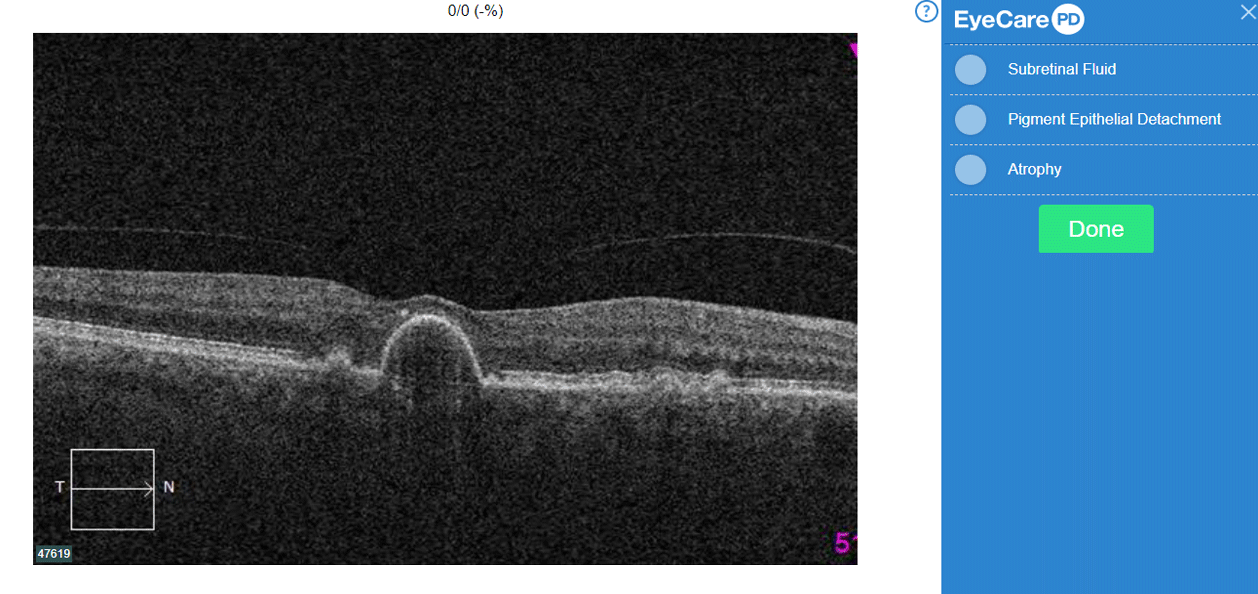
Try the OCT Challenge.
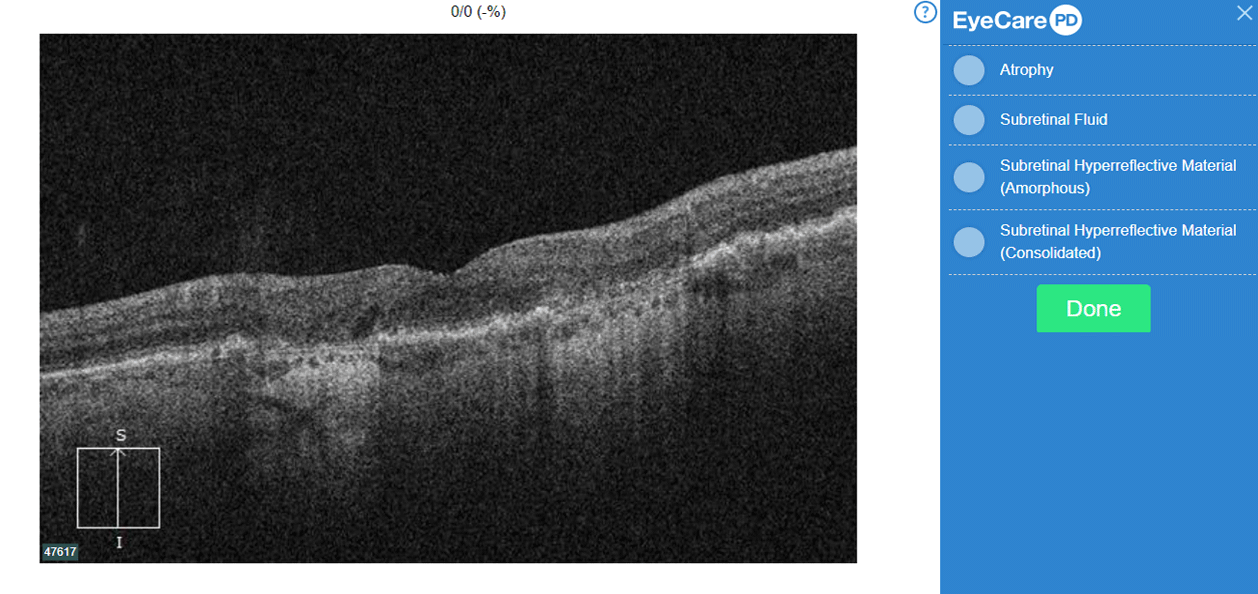
Try the OCT Challenge.
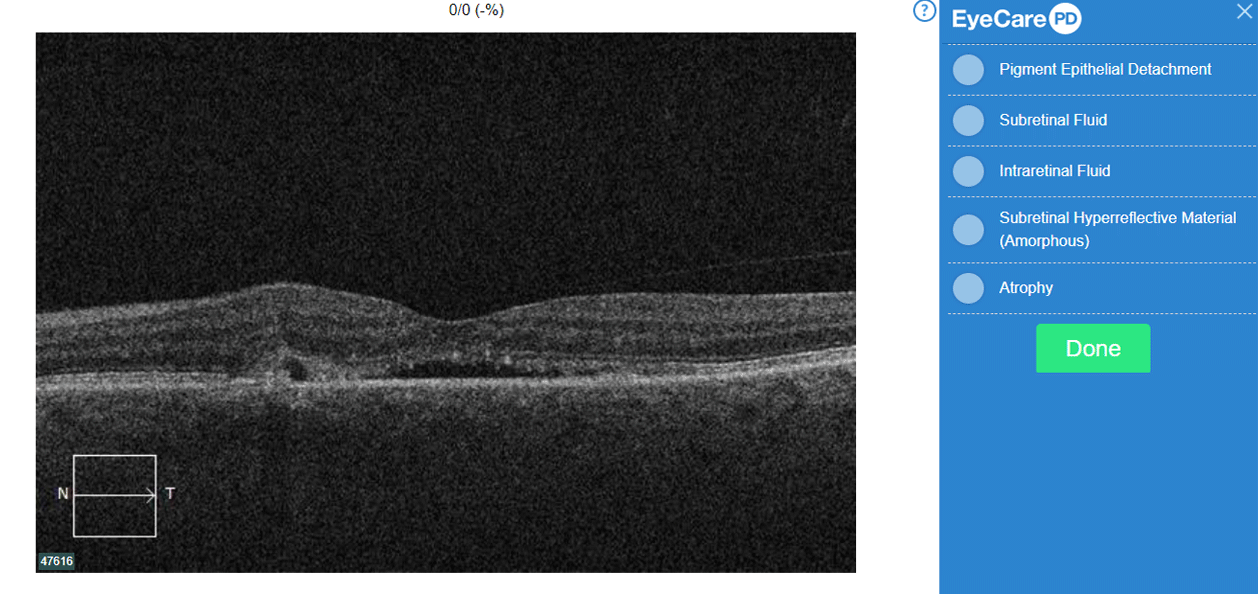
Try the OCT Challenge.
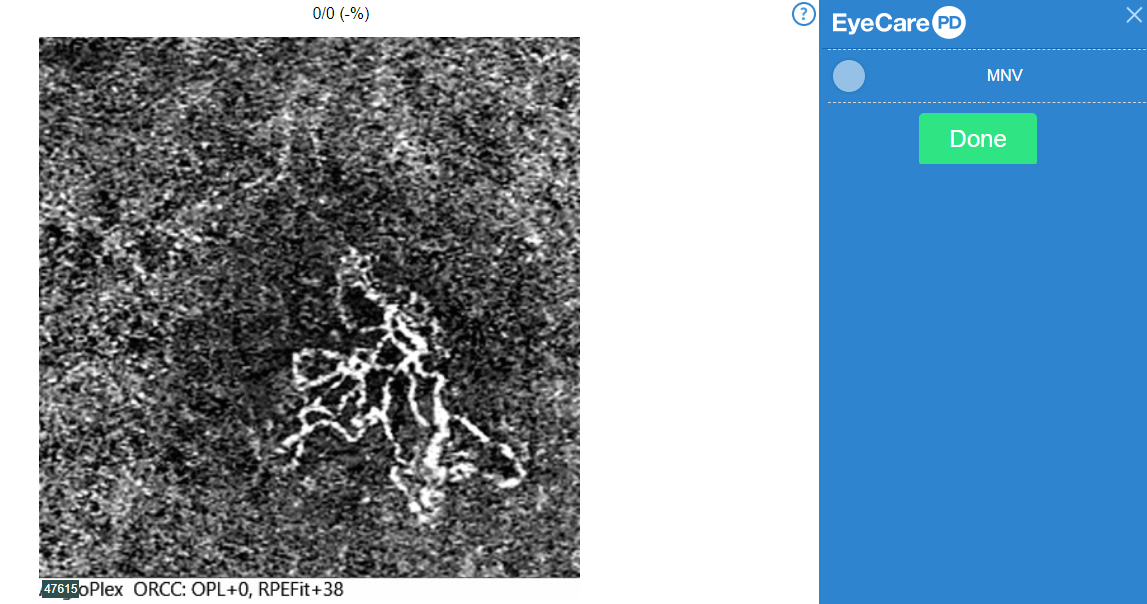
Try the OCT Challenge.
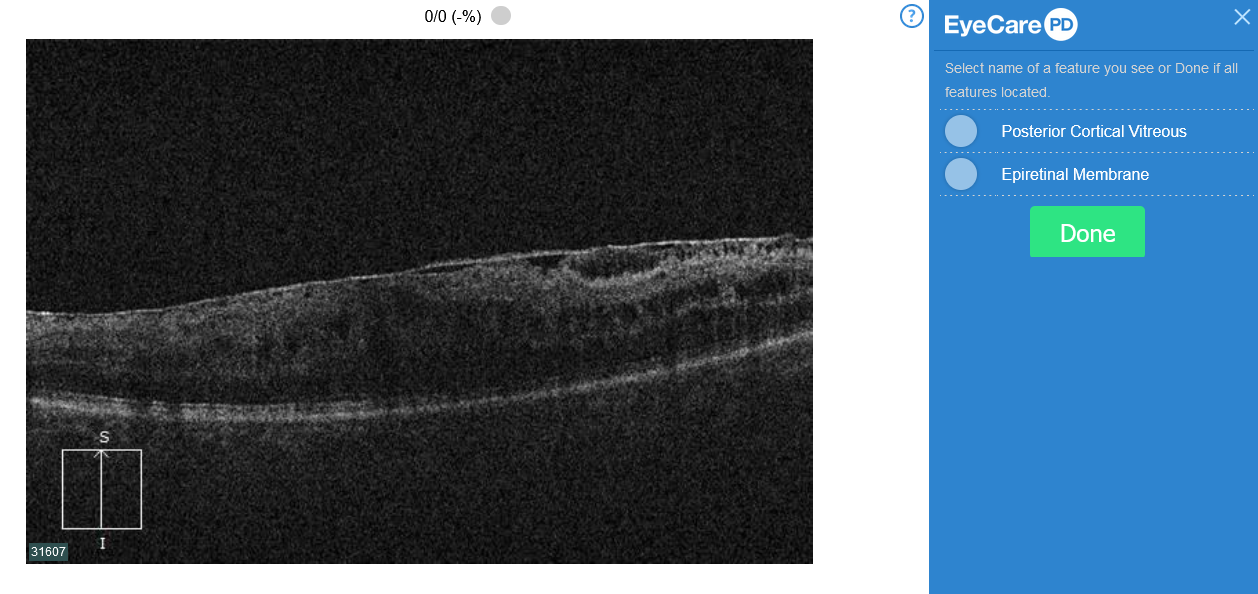
Try the OCT Challenge.
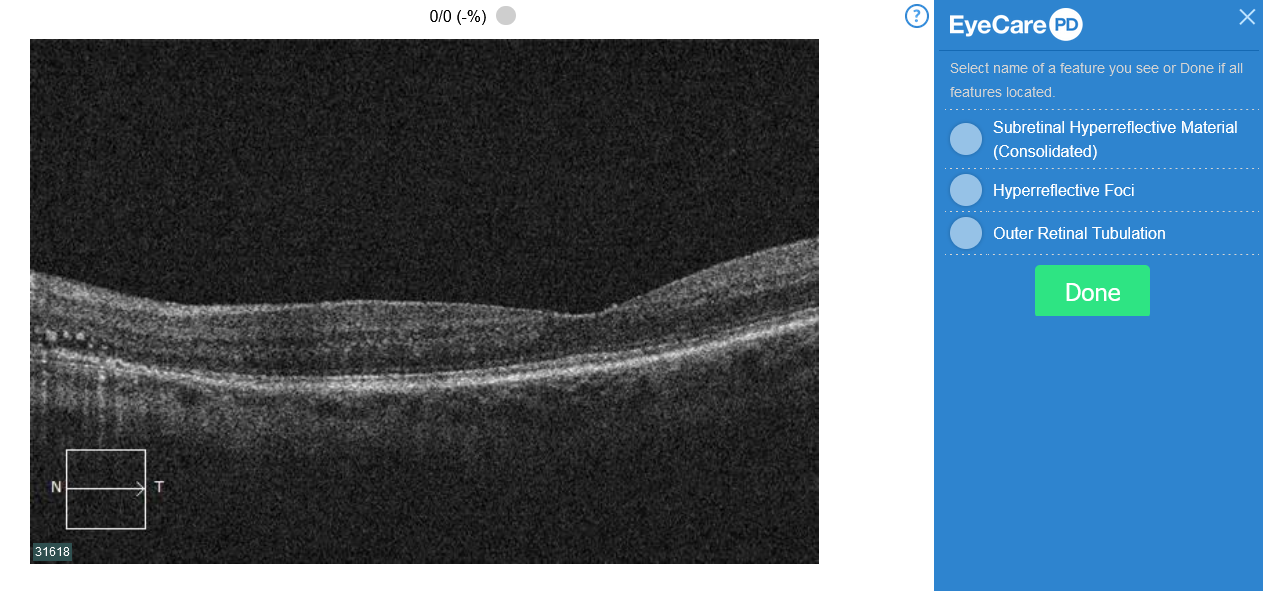
Try the OCT Challenge.
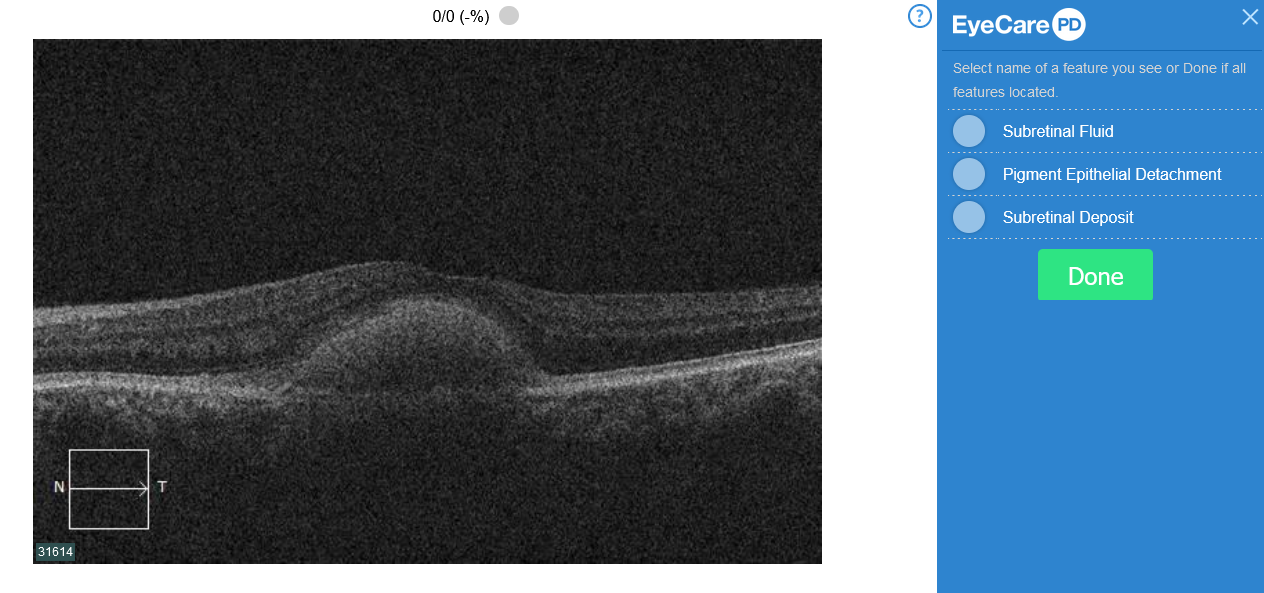
Try the OCT Challenge.
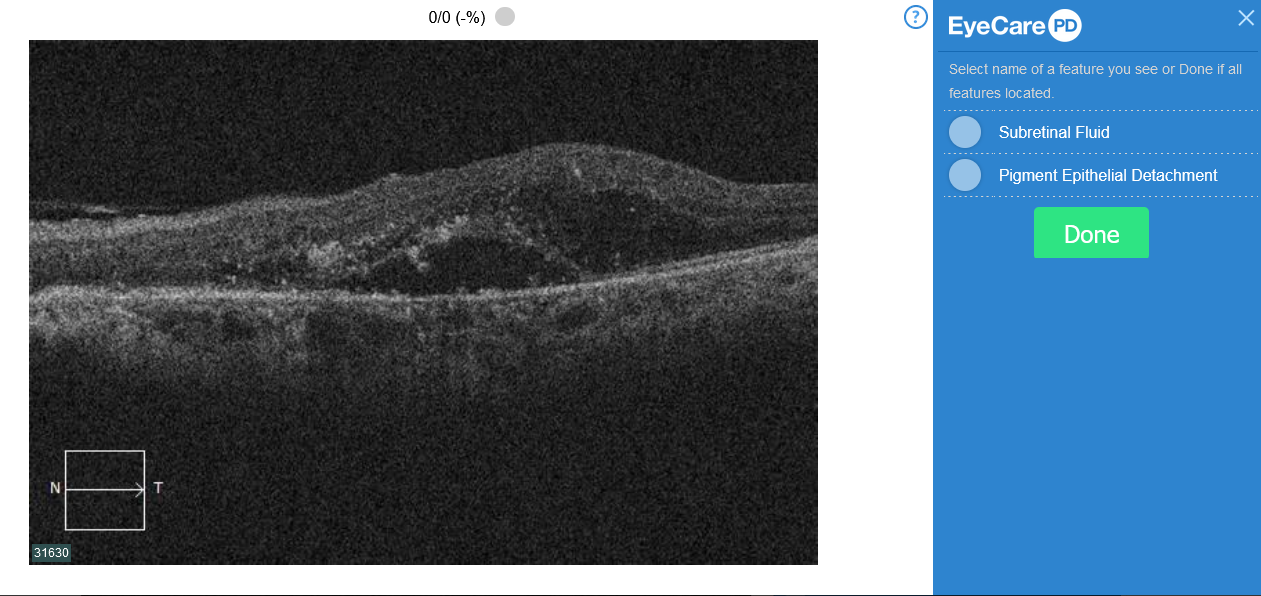
Try the OCT Challenge.
EyeCarePD Inc.
All Rights Reserved
By using this site you agree
to our Terms and Conditions.